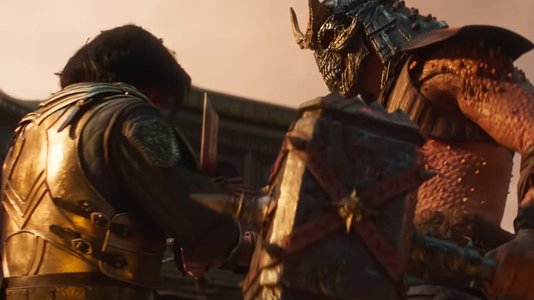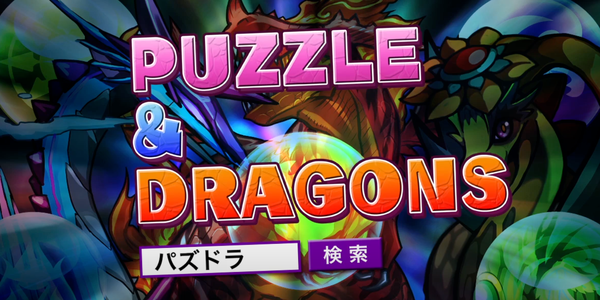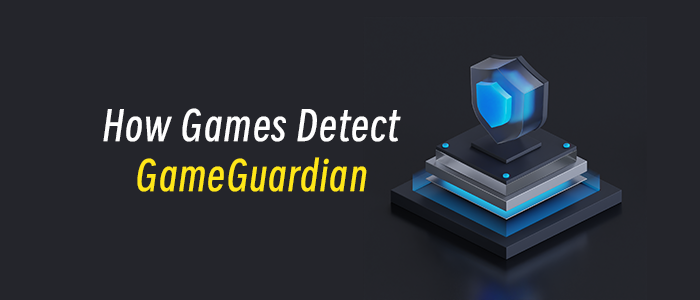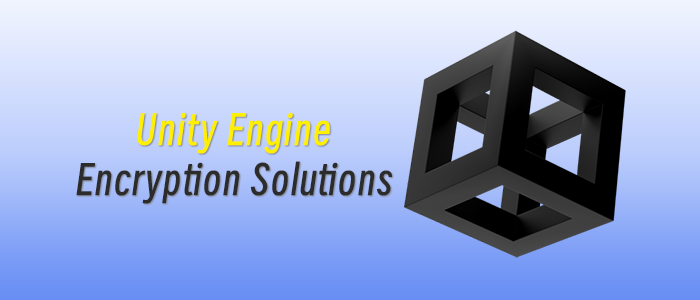[In this reprinted #altdevblogaday-opinion piece, Vigil Games' senior designer Mike Birkhead examines what makes combat in video games fun, analyzing titles like God of War, World of Warcraft, and Halo.] I have covered a lot of different topics about combat: How to design your enemies, how to design your combat encounters, how to define the gap, and the importance of depth and breadth. This covers a lot of ground, which is great, but it is high time we grasp for the slippery opponent that is fun. What makes Combat fun? Can we even answer a question so laden with meaning? Yes, I believe we can. Combat is at its best when you provide the player with multiple valid Intentions and Action Sequences, and then constrain them through the situational context of their Goals, their Environment, and their Opponents. Intentions And Action Sequences There are three steps to an action: first, you form a goal; second, you choose an intention, which is the specifics of how you are going to achieve that goal; last, you generate the sequence of actions needed to realize your intention.
Goal – I want to kill my opponent
Intention - I am going to use my sword to kill my opponent.
Action Sequence – I am going to pull out my sword, walk up to my opponent, and press my attack button over and over.
Goals are simple. They are clear declarations of what you hope to accomplish, but they lack specificity. A goal never says how you are going to do it, and this is where intentions come in. Now, for any single goal there may be more than one path to its resolution. Let's say I wanted to turn on a light. One possible solution is to reach over and flip the switch, but I could, if I saw a friend pass by, ask him to flip the switch for me. The goal has remained the same, but the intention has shifted. What does this mean for combat? To put it in plain terms, options. Multiple valid intentions, therefore, is a phrase that means the player must have more than one way to approach a problem — more than one way to skin a cat, in other words. Where things get complicated, though, is that it is not always a one-to-one correlation between player-mechanics and intentions. Here, let's study a quick example. Kratos Understanding what it means to provide Intentions to your player can be a bit confusing, but bare with me. Let's start by listening some of the mechanics we provide Kratos.
Light Attacks
Heavy Attacks
Magic Attacks
Special Attacks
Throws
Dodging
Jumping
This is, I admit, a slight oversimplification. Do you list jumping and double jumping separately? Debatable. For now, though, let's try and keep things simple, because you are going to see where I am going with this shortly. These are the mechanics that are built into Kratos, which, as you might guess, can be used to determine his combat intentions. Kratos's goal is simple: kill his opponents. It is his intentions, however, where things are not so intuitive. Seemingly, he has three or four intentions: normal attacks, special attacks, magic, and throws. Is that it? Are these the intentions? Here's where it gets dicey, because the answer is both Yes and No.

Throwing, which is a clear declaration of an intended strategy, works well as an intention; however, something like light attacks is more appropriately labeled as an action. Light attacks are a PART of a strategy, while throwing IS the strategy. Here is a better, but not perfect, list of intentions:
Poke – keeping on the move and using only light hits.
Crowd Control – committing to big moves, like special square, and controlling the crowd.
Crush – committing to big, slow, heavy moves
Flank – rolling and jumping around damaging attacks to get at the backside of a monster.
Launch – knocking things into the air and keeping them up there.
Throw – throwing is not only damaging, but also leaves y
No tags.





































